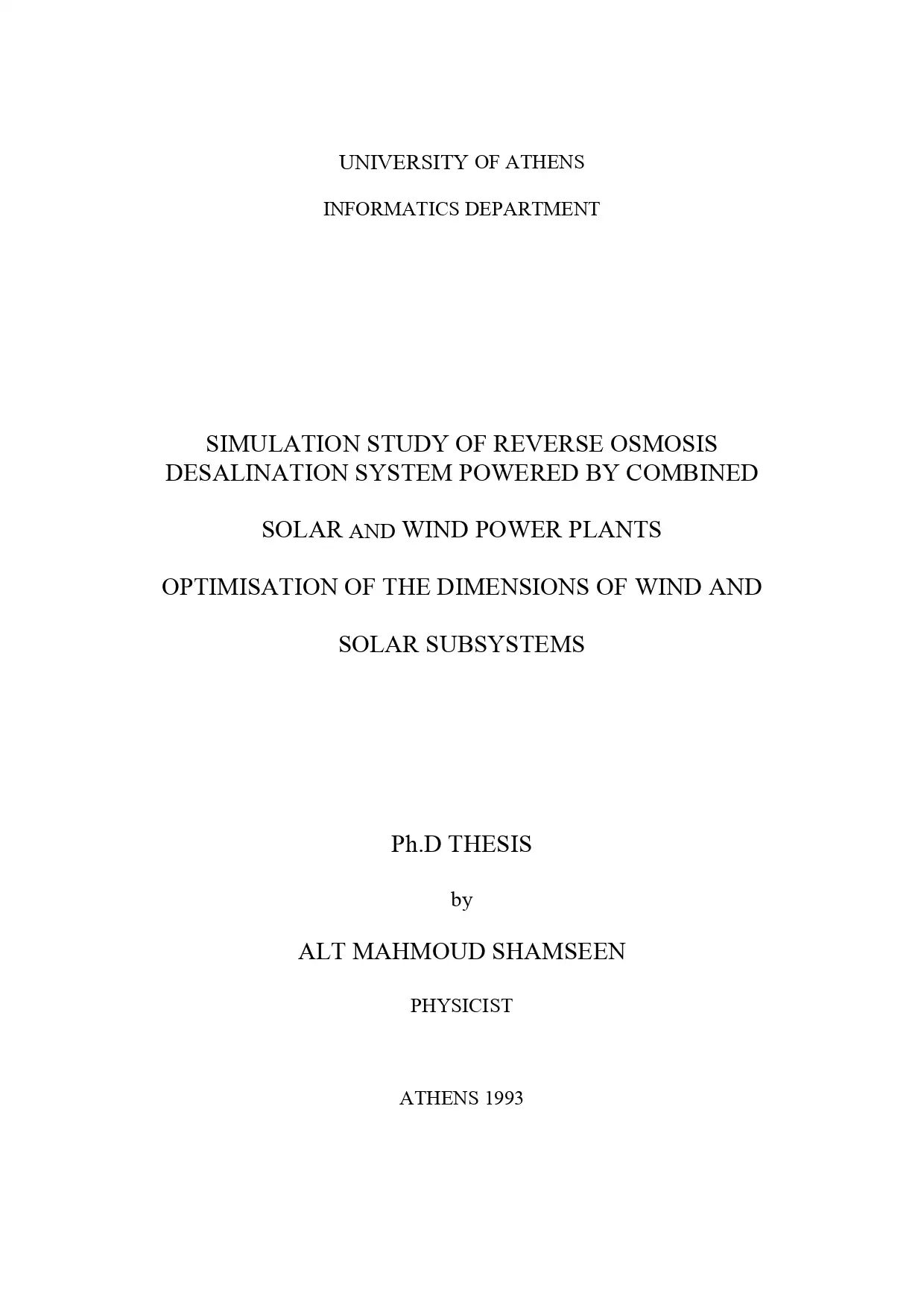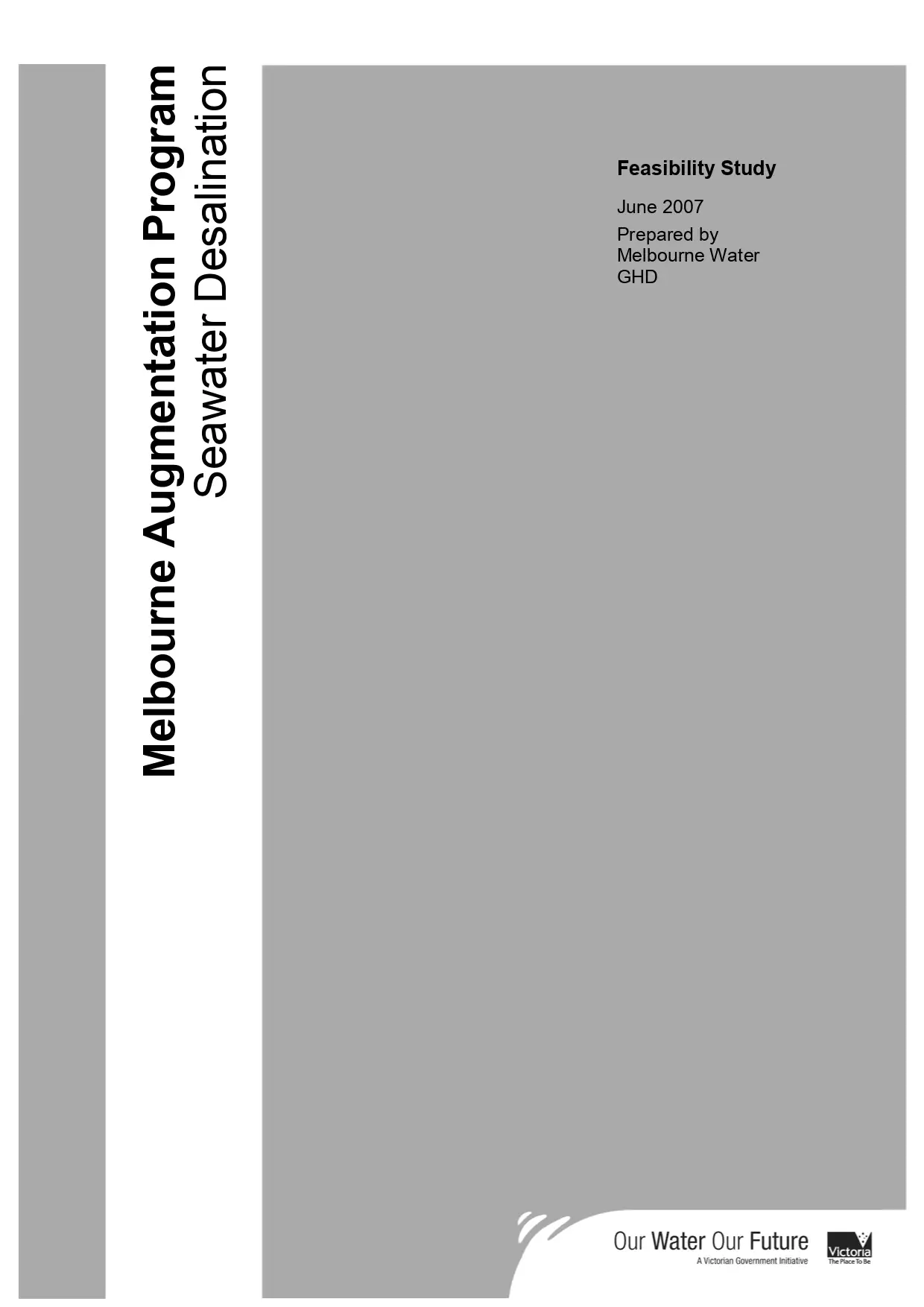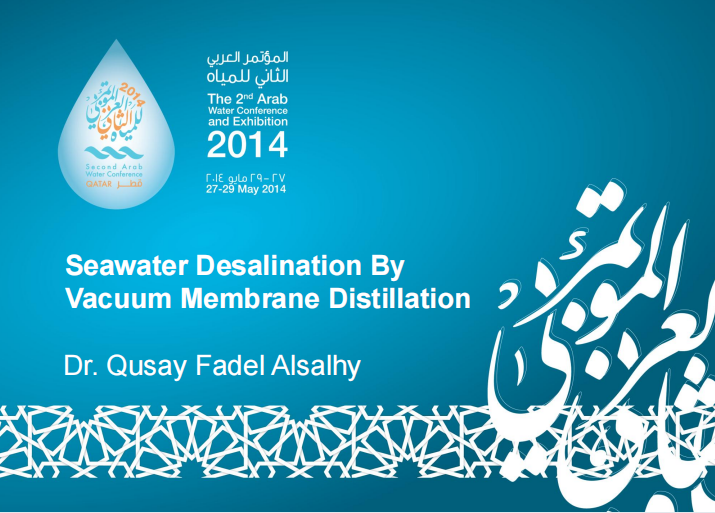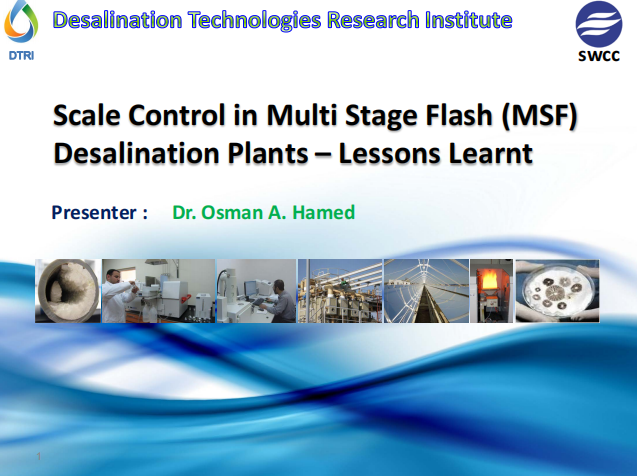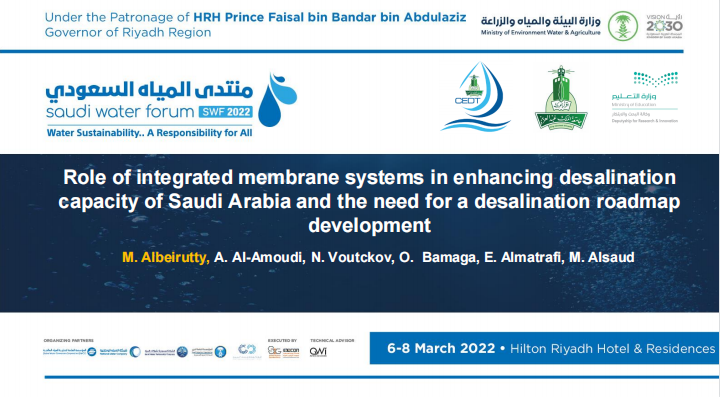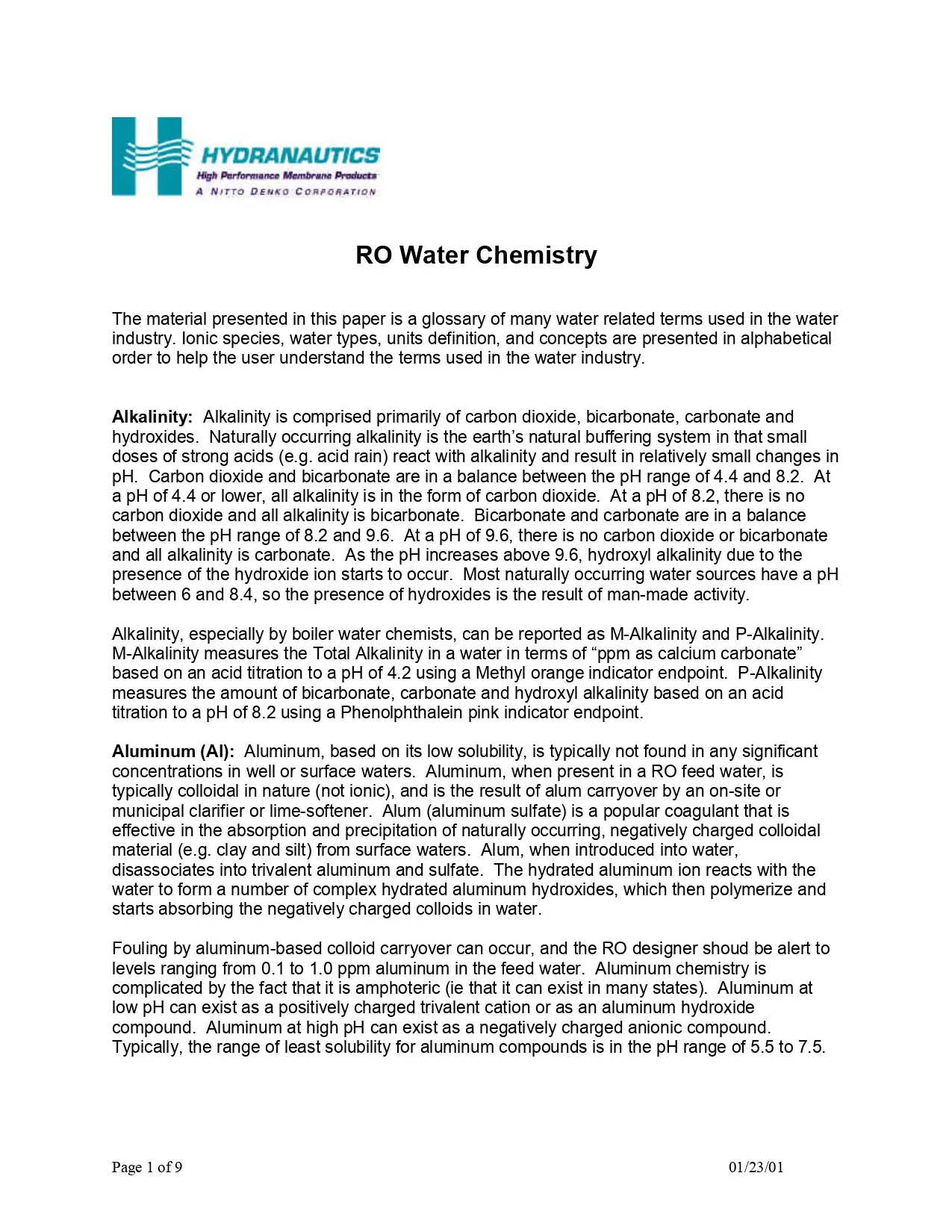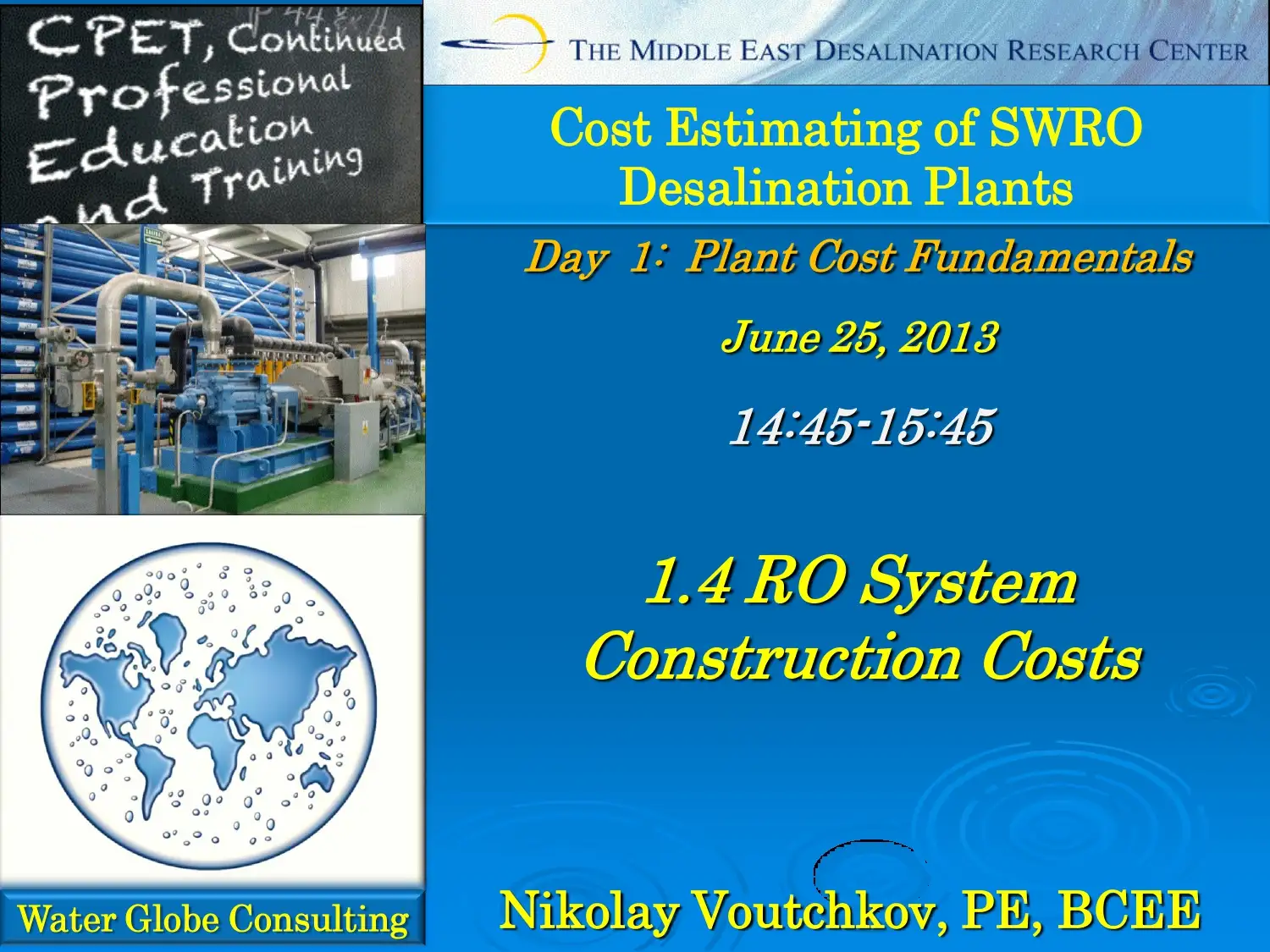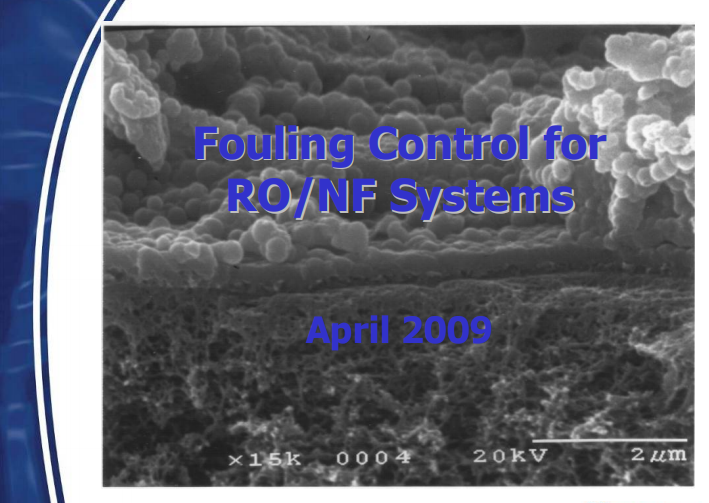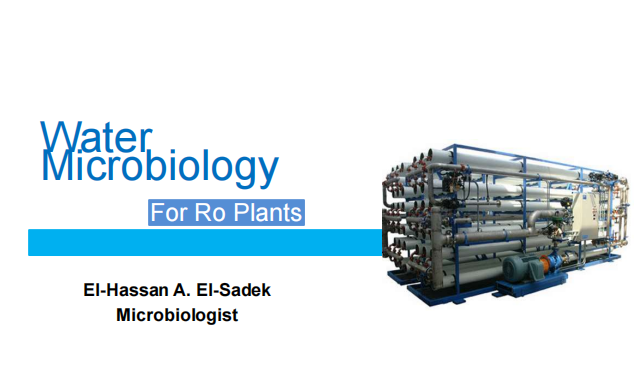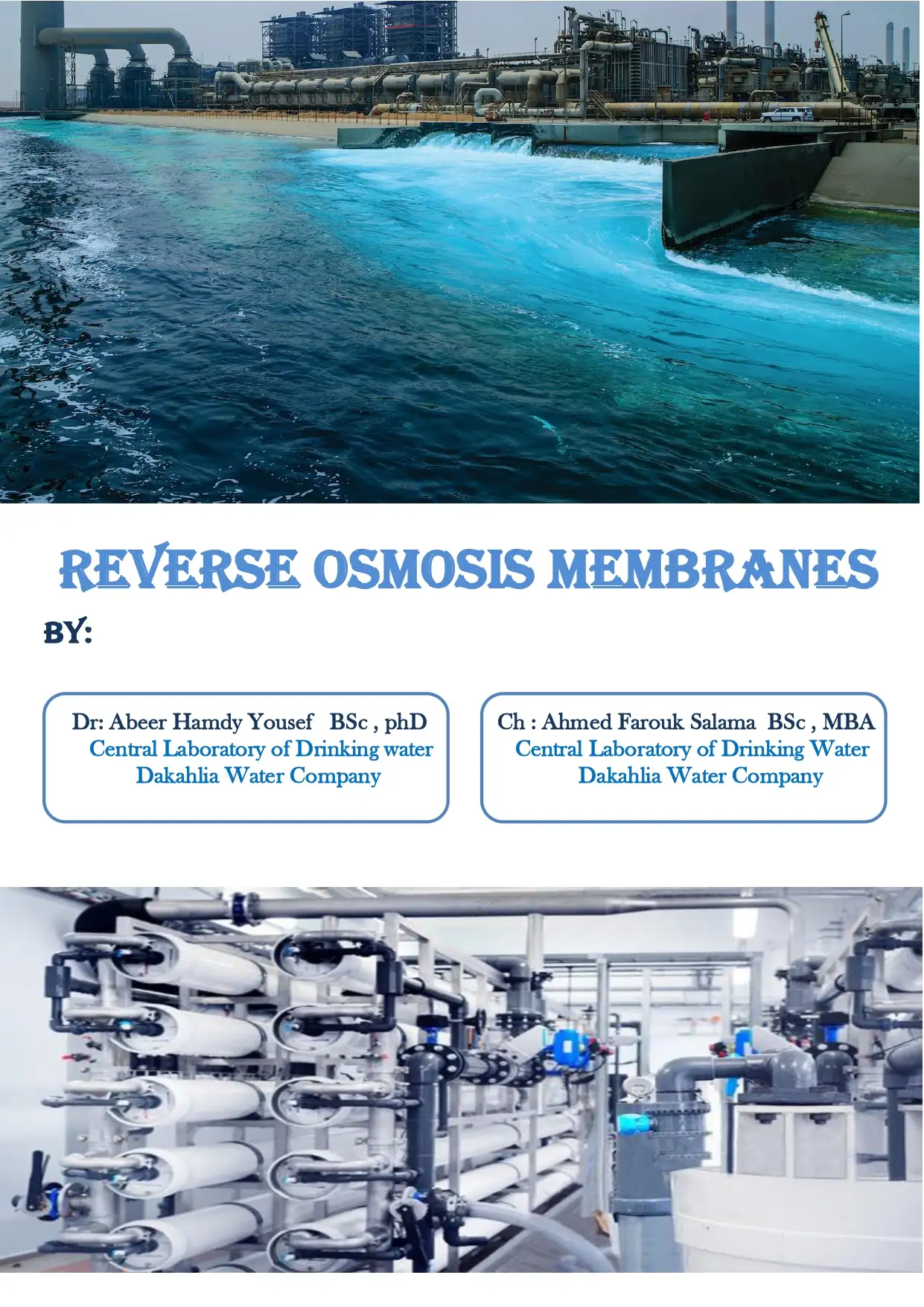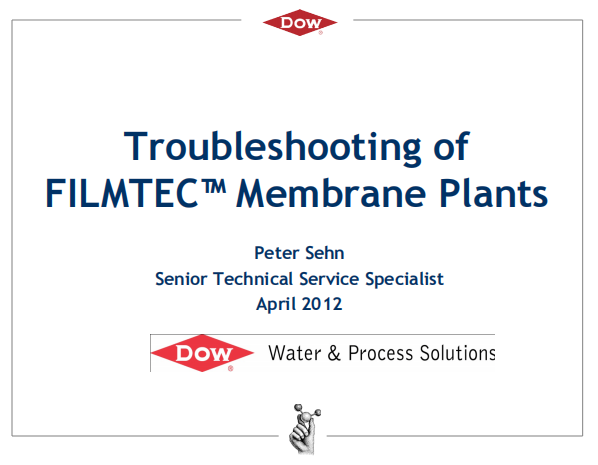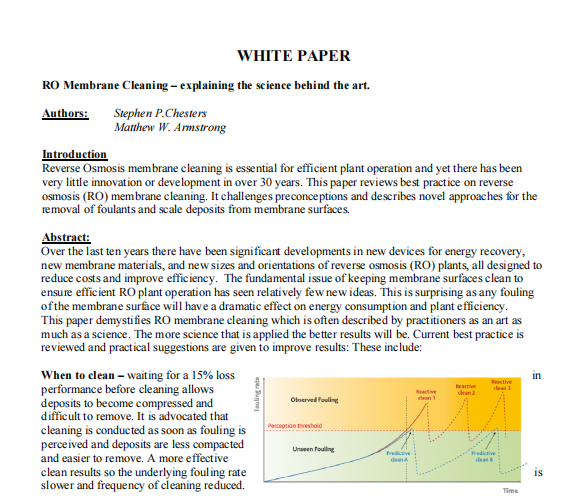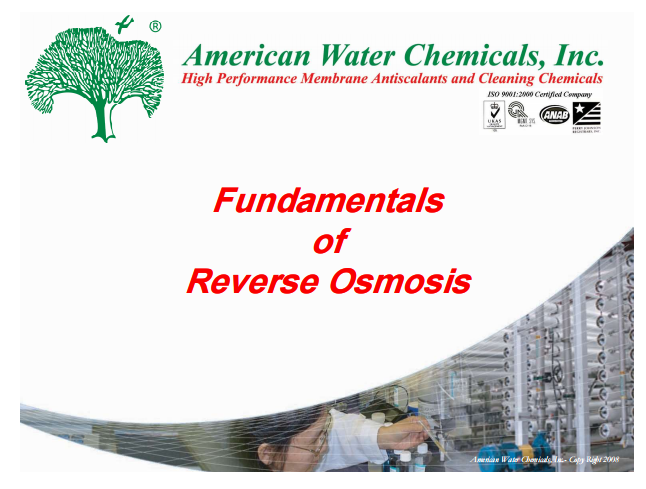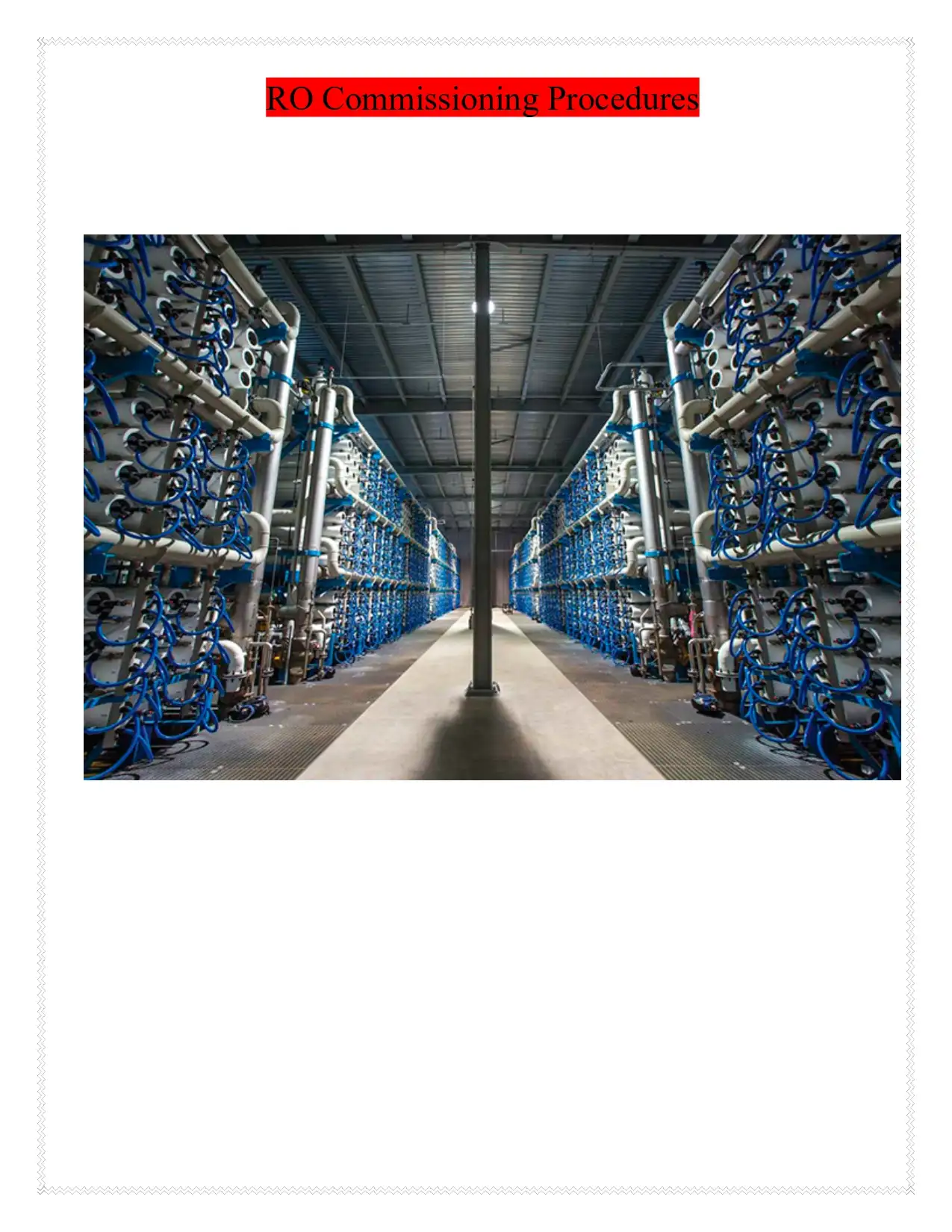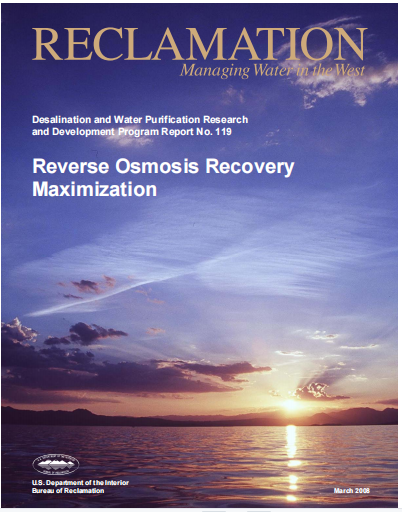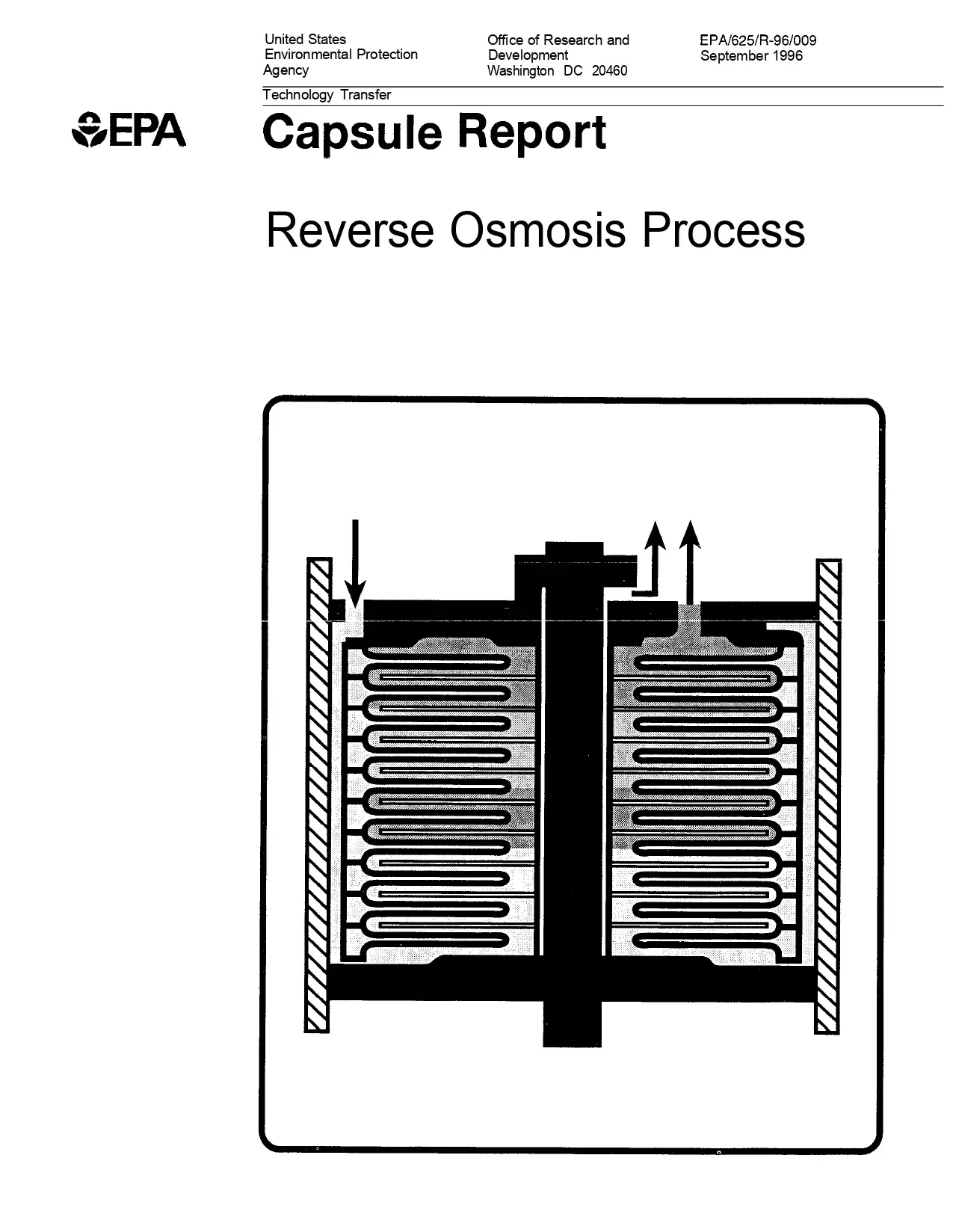Simulation Study Of Reverse Osmosis Desalination System Powered By Combined Solar And Wind Power Plants Optimization Of The Dimensions Of Wind And Solar Subsystems
INTRODUCTION
The problem of fresh water shortage faced by most countries as a result of consumption increase and population growth , where the average daily per person water consumption is in the order of 50 liters in the developing countries and exceeds 500 liters in certain western countries .These figures represent the total average consumption for all activities without distinction while for the human nutritional purpose the daily requirement is only about 4 to 5 liters per person for cooking and drinking. This problem led to use desalination process as about 97.5% of the world’s water resources is existed as salt water in the oceans and seas in addition to brackish water in many regions, at the present time a number of large desalination units are already in operation ,most of these units are powered by fossil fuels (oil or gas) either directly for distillation processes or indirectly for processes using semipermeable membranes (electrodialysis or reverse osmosis) among the desalination methods ,the reverse osmosis desalination one has the advantage from the point of view of energy consumption the low energy consumption is a primary reason why reverse osmosis is rapidly becoming the sea water desalination choice. The energy crisis is one of the most difficult problems faced by different countries, due to the higher prices and limitations of conventional fuels ,a lot of effort is devoted to find competitive alternative energy sources. Among possible alternative energy sources, the solar energy is pollution—free and limitless. Also recent development in wind turbine technology means that wind power can be regarded as a reliable and cost—effective power source for many areas in the world. The rising energy costs have motivated many countries to turn to renewable energy sources for desalination purposes. The cost is also the main criterion for the choice of the solar! wind generators dimensioning and there is more than one factor affecting it ,when a reverse osmosis system is powered by combined solar / wind. Chapter (1) presents the desalination by reverse osmosis in addition to the operation of solar and wind generator.
Simulation Study Of Reverse Osmosis Desalination System Powered By Combined Solar And Wind Power Plants Optimization Of The Dimensions Of Wind And Solar Subsystems
INTRODUCTION
The problem of fresh water shortage faced by most countries as a result of consumption increase and population growth , where the average daily per person water consumption is in the order of 50 liters in the developing countries and exceeds 500 liters in certain western countries .These figures represent the total average consumption for all activities without distinction while for the human nutritional purpose the daily requirement is only about 4 to 5 liters per person for cooking and drinking. This problem led to use desalination process as about 97.5% of the world’s water resources is existed as salt water in the oceans and seas in addition to brackish water in many regions, at the present time a number of large desalination units are already in operation ,most of these units are powered by fossil fuels (oil or gas) either directly for distillation processes or indirectly for processes using semipermeable membranes (electrodialysis or reverse osmosis) among the desalination methods ,the reverse osmosis desalination one has the advantage from the point of view of energy consumption the low energy consumption is a primary reason why reverse osmosis is rapidly becoming the sea water desalination choice. The energy crisis is one of the most difficult problems faced by different countries, due to the higher prices and limitations of conventional fuels ,a lot of effort is devoted to find competitive alternative energy sources. Among possible alternative energy sources, the solar energy is pollution—free and limitless. Also recent development in wind turbine technology means that wind power can be regarded as a reliable and cost—effective power source for many areas in the world. The rising energy costs have motivated many countries to turn to renewable energy sources for desalination purposes. The cost is also the main criterion for the choice of the solar! wind generators dimensioning and there is more than one factor affecting it ,when a reverse osmosis system is powered by combined solar / wind. Chapter (1) presents the desalination by reverse osmosis in addition to the operation of solar and wind generator.
Seawater Desalination Power Consumption
Introduction
Virtually everything we do affects our ability to harness and expend energy. One simple, small-scale example is the energy expended by our bodies to fight the effect of gravity as salts and impurities are removed from our body. On a much larger scale, energy is necessary to meet the needs of society, which include obtaining, transporting, treating, and distributing potable water. Access to clean, safe, and reliable sources of drinking water is a basic goal in today’s world. As society has developed, so has our ability to transport water over great distances to meet that fundamental objective, as well as the ability to measure the quality of water to ensure that it is safe to drink. To a large extent, the
advent of analytical techniques to measure contaminants, viruses, and pathogens in water paved the way for the US Environmental Protection Agency (US EPA) in the early 1970’s to develop rules and regulations requiring drinking water to be treated, or “manufactured”, to meet standards for the benefit and protection of public health. Rules and regulations have evolved since the 1970’s, commensurate with our understanding of contaminants and ability to measure them. This “evolution” of standards led the US EPA to identify membrane filtration –including reverse osmosis desalination – as one treatment technology for drinking water supplies to meet increasingly difficult water quality challenges. Today, virtually every drinking water supply is treated in some form or fashion, driven by a number of factors primarily associated with the discovery of new contaminants: advanced testing methods; public perception; verifiable health risks; and development of improved/new water quality standards. The extent of water treatment – and the energy and power needed to meet those requirements – can vary considerably, as expected, because of the accessibility and initial quality of a raw water supply. Seawater desalination, like any other water treatment technology or separation processes, requires the use of energy to produce water. As a drinking water treatment technology, however, seawater desalination requires more energy than most other water treatment methods. Often, however, the power consumption associated with seawater desalination is exaggerated or inaccurately represented, particularly when compared to other treatment technologies or alternatives assuring safe, reliable public water supply.
This paper reviews and outlines the power requirements associated with seawater desalination, measures used to compare and offset seawater desalination power consumption to other water supply alternatives, and the opportunities for future reduced energy demand.
Seawater Desalination Power Consumption
Introduction
Virtually everything we do affects our ability to harness and expend energy. One simple, small-scale example is the energy expended by our bodies to fight the effect of gravity as salts and impurities are removed from our body. On a much larger scale, energy is necessary to meet the needs of society, which include obtaining, transporting, treating, and distributing potable water. Access to clean, safe, and reliable sources of drinking water is a basic goal in today’s world. As society has developed, so has our ability to transport water over great distances to meet that fundamental objective, as well as the ability to measure the quality of water to ensure that it is safe to drink. To a large extent, the
advent of analytical techniques to measure contaminants, viruses, and pathogens in water paved the way for the US Environmental Protection Agency (US EPA) in the early 1970’s to develop rules and regulations requiring drinking water to be treated, or “manufactured”, to meet standards for the benefit and protection of public health. Rules and regulations have evolved since the 1970’s, commensurate with our understanding of contaminants and ability to measure them. This “evolution” of standards led the US EPA to identify membrane filtration –including reverse osmosis desalination – as one treatment technology for drinking water supplies to meet increasingly difficult water quality challenges. Today, virtually every drinking water supply is treated in some form or fashion, driven by a number of factors primarily associated with the discovery of new contaminants: advanced testing methods; public perception; verifiable health risks; and development of improved/new water quality standards. The extent of water treatment – and the energy and power needed to meet those requirements – can vary considerably, as expected, because of the accessibility and initial quality of a raw water supply. Seawater desalination, like any other water treatment technology or separation processes, requires the use of energy to produce water. As a drinking water treatment technology, however, seawater desalination requires more energy than most other water treatment methods. Often, however, the power consumption associated with seawater desalination is exaggerated or inaccurately represented, particularly when compared to other treatment technologies or alternatives assuring safe, reliable public water supply.
This paper reviews and outlines the power requirements associated with seawater desalination, measures used to compare and offset seawater desalination power consumption to other water supply alternatives, and the opportunities for future reduced energy demand.
Reverse Osmosis treatment of Drinking Water
Reverse osmosis (RO) systems can often improve the quality of water. The reverse osmosis water treatment
method has been used extensively to convert brackish or seawater to drinking water, to clean up wastewater,
and to recover dissolved salts from industrial processes. It is becoming more popular in the home market as homeowners are increasingly concerned about contaminants that affect their health, as well as about non-hazardous chemicals that affect the taste, odor, or color of their drinking water. People considering the installation of a water treatment system to reduce toxic chemicals should first have their water tested to determine how much if any
hazardous compounds are in the water. Public water supplies are routinely monitored and treated as required under the federal Safe Drinking Water Act and state regulations. Private water systems should be tested at the owner’s initiative based on knowledge of land use and contamination incidents in the area.
Reverse Osmosis treatment of Drinking Water
Reverse osmosis (RO) systems can often improve the quality of water. The reverse osmosis water treatment
method has been used extensively to convert brackish or seawater to drinking water, to clean up wastewater,
and to recover dissolved salts from industrial processes. It is becoming more popular in the home market as homeowners are increasingly concerned about contaminants that affect their health, as well as about non-hazardous chemicals that affect the taste, odor, or color of their drinking water. People considering the installation of a water treatment system to reduce toxic chemicals should first have their water tested to determine how much if any
hazardous compounds are in the water. Public water supplies are routinely monitored and treated as required under the federal Safe Drinking Water Act and state regulations. Private water systems should be tested at the owner’s initiative based on knowledge of land use and contamination incidents in the area.
RO Membrane Cleaning – Explaining The Science Behind The Art.
Introduction
Reverse Osmosis membrane cleaning is essential for efficient plant operation and yet there has been very little innovation or development in over 30 years. This paper reviews best practice on reverse osmosis (RO) membrane cleaning. It challenges preconceptions and describes novel approaches for the removal of foulants and scale deposits from membrane surfaces.
RO Membrane Cleaning – Explaining The Science Behind The Art.
Introduction
Reverse Osmosis membrane cleaning is essential for efficient plant operation and yet there has been very little innovation or development in over 30 years. This paper reviews best practice on reverse osmosis (RO) membrane cleaning. It challenges preconceptions and describes novel approaches for the removal of foulants and scale deposits from membrane surfaces.
Reverse Osmosis Recovery Maximization
Abstract
Two potential brackish potable water sources in the Phoenix area were tested at pilot scale with reverse osmosis (RO) to determine the maximum water recovery that could be obtained. A dendrimer-based scale inhibitor was used to try to enhance water recovery. One water source, with a largely surface water component from agricultural run-off (Western Canal water) was tested in Phase 1 of the project. Ultrafiltration (UF) was used as pretreatment to the RO during this phase, and the pilot system was operated for approximately 160 days between September 2004 and February 2005. In Phase 2 of the study a local ground water was tested with RO only, for approximately 130 days, between July 2005 and January 2006. During Phase 1, the UF system performed well, but the RO process was not stable while operating at 90-percent recovery. There was a decrease in membrane performance after less than 30 days of operation. During Phase 2, the RO process showed better performance at 90-percent recovery. However, there was a decline in the system performance with time. A membrane autopsy confirmed the presence of high concentrations of silica, calcium, iron, and aluminum on the membrane surface. Future testing is recommended prior to designing a full-scale system.
Reverse Osmosis Recovery Maximization
Abstract
Two potential brackish potable water sources in the Phoenix area were tested at pilot scale with reverse osmosis (RO) to determine the maximum water recovery that could be obtained. A dendrimer-based scale inhibitor was used to try to enhance water recovery. One water source, with a largely surface water component from agricultural run-off (Western Canal water) was tested in Phase 1 of the project. Ultrafiltration (UF) was used as pretreatment to the RO during this phase, and the pilot system was operated for approximately 160 days between September 2004 and February 2005. In Phase 2 of the study a local ground water was tested with RO only, for approximately 130 days, between July 2005 and January 2006. During Phase 1, the UF system performed well, but the RO process was not stable while operating at 90-percent recovery. There was a decrease in membrane performance after less than 30 days of operation. During Phase 2, the RO process showed better performance at 90-percent recovery. However, there was a decline in the system performance with time. A membrane autopsy confirmed the presence of high concentrations of silica, calcium, iron, and aluminum on the membrane surface. Future testing is recommended prior to designing a full-scale system.
Reverse Osmosis Process
Introduction:
A failure analysis has been completed for the reverse osmosis (RO) process. The focus was on process failures that result in releases of liquids and vapors to the environment. The report includes the following: A description of RO an coverage of the principles behind
the process. Applications of RO for treatment of effluent waters from the metal finishing industry. Descriptions of equipment and moderating and maintenance procedures. Failure analysis that includes types of failures and causes. Key questions that can be used
for software development. A bibliography on RO applications in the metal finishing industry
Reverse Osmosis Process
Introduction:
A failure analysis has been completed for the reverse osmosis (RO) process. The focus was on process failures that result in releases of liquids and vapors to the environment. The report includes the following: A description of RO an coverage of the principles behind
the process. Applications of RO for treatment of effluent waters from the metal finishing industry. Descriptions of equipment and moderating and maintenance procedures. Failure analysis that includes types of failures and causes. Key questions that can be used
for software development. A bibliography on RO applications in the metal finishing industry


